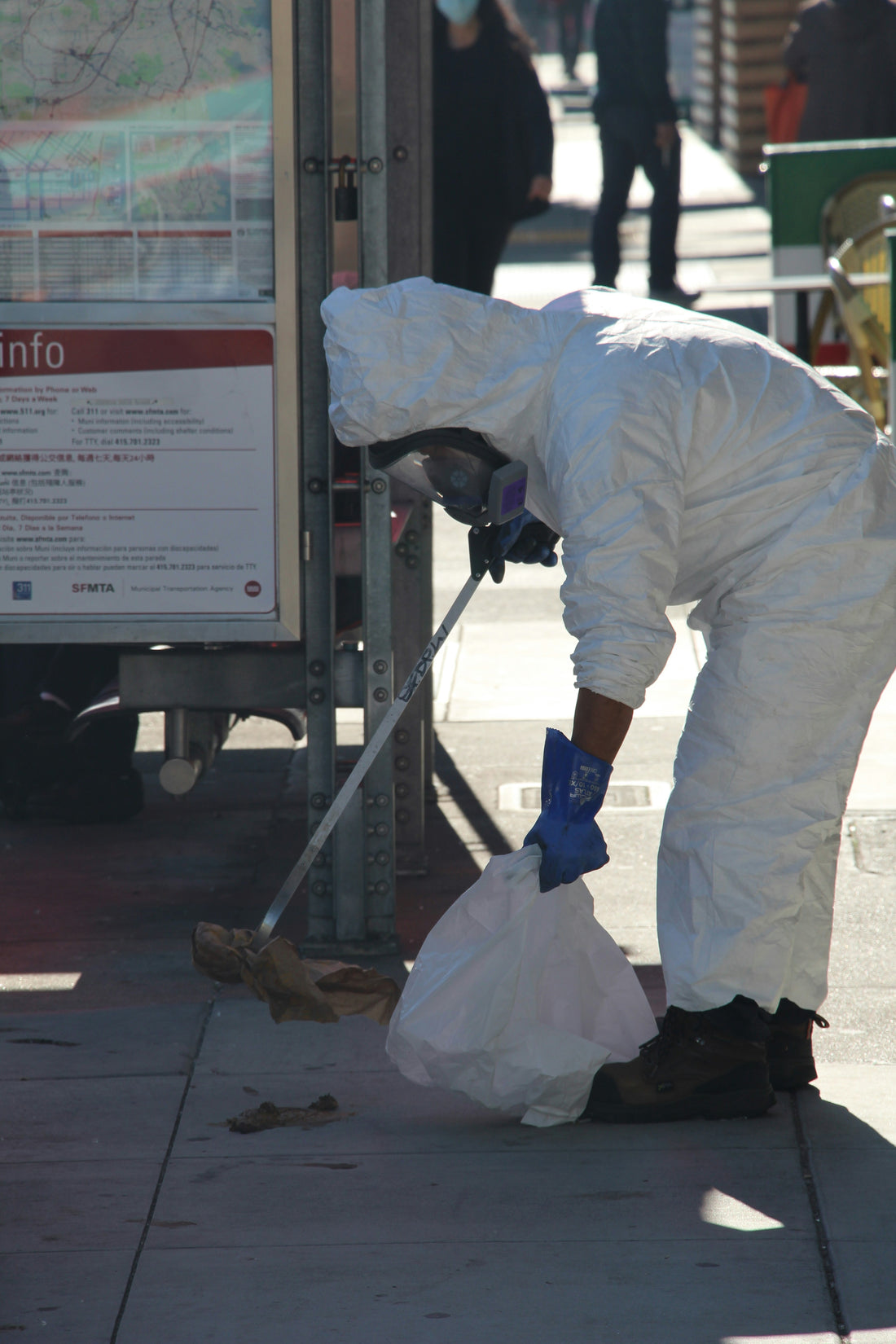
Why Glass Vials Are the Best Choice for Storing Hazardous Materials
Share
When it comes to storing hazardous materials, choosing the right container is crucial for safety, stability, and regulatory compliance. Among the many options available, glass vials are widely regarded as the best choice for containing reactive and hazardous substances. But why is glass the preferred material for storing these dangerous materials? Let’s explore the properties that make glass vials the ideal solution for storing hazardous and reactive compounds.
1. Chemical Resistance
One of the primary reasons glass vials are used to store hazardous materials is their exceptional chemical resistance. Unlike plastic or metal, glass is non-reactive, meaning it doesn’t interact with or absorb the substances stored inside. This makes it ideal for storing highly reactive or corrosive chemicals, such as acids, solvents, or volatile organic compounds (VOCs).
Type I Borosilicate Glass, in particular, is known for its resistance to chemical corrosion, which helps preserve the integrity of both the container and its contents. This level of resistance ensures that hazardous materials remain safely contained without the risk of contamination or chemical reactions with the vial itself.
2. Airtight Sealing for Safety
For hazardous materials, preventing leaks and exposure is critical. Glass vials provide an airtight seal, ensuring that dangerous substances are securely contained and won’t escape into the environment. This is especially important when dealing with volatile or toxic compounds that could pose a risk to health or safety if accidentally released.
Glass vials can be paired with a range of secure closures, including tamper-evident caps, screw-thread caps, and phenolic caps, all of which provide a reliable barrier to prevent leakage and maintain the integrity of the material inside. This added layer of security helps reduce the risk of accidents or contamination during storage, handling, or transport.
3. Temperature Stability
Many hazardous materials need to be stored in controlled environments where temperature fluctuations can impact their stability. Glass vials, especially those made from borosilicate glass, offer superior thermal stability, meaning they can withstand both high and low temperatures without cracking or degrading.
This makes glass vials ideal for storing hazardous materials that may need to be refrigerated, frozen, or exposed to heat during certain processes. Whether in a lab, industrial facility, or transport situation, glass vials maintain their integrity even in extreme temperature conditions, reducing the risk of breakage or material exposure.
4. Non-Porous and Impermeable
Unlike some plastics, glass is inherently non-porous and impermeable. This means that no liquids, gases, or particles can seep through the material, making glass vials an ideal choice for storing hazardous materials that need to be completely sealed off from the environment.
This impermeability ensures that hazardous substances remain contained and protected from external factors like moisture, air, or contaminants. Additionally, glass vials prevent any odors or fumes from escaping, which is particularly important when handling reactive or toxic chemicals.
5. Durability and Strength
While glass may seem fragile compared to other materials, modern borosilicate glass vials are incredibly durable and strong. These vials are resistant to scratches, breakage, and shattering, making them a reliable choice for safely storing hazardous materials, even in challenging environments.
The durability of glass vials helps ensure that they can be safely transported and stored without the risk of accidental breakage or spills. This makes glass a preferred material in laboratories, industrial settings, and fieldwork where hazardous materials need to be securely contained.
6. Environmental Benefits
In addition to their functional benefits, glass vials offer a more sustainable option for storing hazardous materials compared to single-use plastic containers. Glass is 100% recyclable and can be reused endlessly without degrading in quality. For industries seeking to reduce their environmental footprint while maintaining safety standards, glass vials are an eco-friendly alternative that supports both sustainability and safety.
Conclusion
Glass vials are the best choice for storing hazardous materials due to their chemical resistance, airtight sealing, temperature stability, and durability. These properties ensure that hazardous substances are safely contained, protected from contamination, and secure during handling, storage, and transport. Whether you’re in a laboratory, industrial setting, or research facility, glass vials provide the peace of mind and reliability needed for safely managing hazardous and reactive materials.